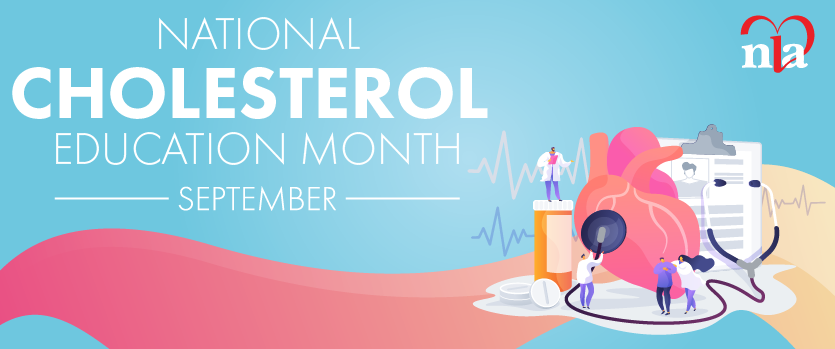Winter 2016
This issue sponsored by the Midwest Lipid Association Featuring: “The Use of Statins to Reduce Cardiovascular Risk in the Elderly” and "Age-Related Pharmacokinetic Changes and the Impact on Statin Therapy in Older Patients"
I love the theme of this edition of the LipidSpin, Lipids & Aging. When you read through the various articles, you will find outstanding discussions regarding the many aspects of treating older patients. Whenever I treat older patients with dyslipidemia, I always start by considering the... more
You can’t miss it. At the mall, at the gym, in your office, the percentage of older Americans is growing. By the year 2020 there will be more than 55 million Americans older than 65.1 Medically, we know not to treat kids just like “little adults” and we should have this same respect for differences... more
Introduction Human population studies have identified a number of major risk factors for the development of atherosclerotic cardiovascular disease (ASCVD). Of these, age is one of the more powerful. Another is the plasma concentration of low-density lipoprotein cholesterol (LDL-C). There is... more
Dr. Barter’s perspective in the accompanying editorial is summarized in the last sentence of his article: “Given these facts, it is difficult to argue against the proposition that, unless contraindicated, all people older than 65 should receive a statin, regardless of the presence or absence of... more
Atherosclerosis is a lipid-driven disorder and the main underlying cause of cardiovascular disease (CVD).1 Microbiology has long been a critical focal area of medicine in terms of the effect of bacterial organisms on health and disease. What is the contemporary view of the relationship between... more
While there is evidence for atherosclerotic cardiovascular risk reduction with statins in both primary and secondary prevention in older patients, there is a higher incidence of associated muscle symptoms and discontinuation because of those symptoms.1-3 Thus, consideration of the risk-benefit... more
Most coronary heart disease occurs in those over the age of 65.1 Statins reduce cardiovascular morbidity and mortality in both primary and secondary prevention. Data from the Cholesterol and Recurrent Events (CARE),2 Long-term Intervention with Pravastatin in Ischemic Disease (LIPID),3 and... more
Ms. K is an 83-year-old female who presents to clinic for a second opinion regarding management of cardiac risk factors. She first presented to clinic two years ago with chest pain and shortness of breath, both at rest and with exertion. Her medical history included hypertension and hyperlipidemia... more
The Midwest Lipid Association (MWLA) — alongside the Southwest Chapter — was proud to organize the 2016 Spring Clinical Lipid Update in San Diego this past March. The meeting was well-attended and very favorably reviewed. It featured an excellent faculty presenting talks on novel research in... more






.jpg)
.png)










